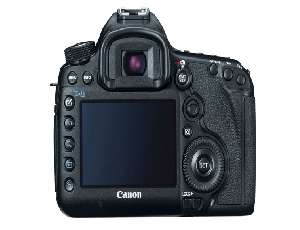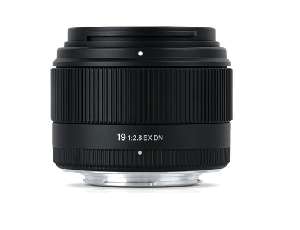On a beautiful Sunday every June, all of the Italian car clubs in Colorado gather in impressive annual car show called Automezzi. As you might imagine, there are lots of exotic, interesting, and beautiful cars are on display at this up to and including Ferraris, Lamborghinis, Lancias, Panteras, Maseratis, Alfa Romeos, and, yes, vintage Fiats. Last year’s Automezzi was at a new location, and because of the massive crowds individual photographs of the cars were considerably harder to make.
It was clear that I needed a new approach to shooting cars at shows if I was to be successful.
Here’s one of the examples from Automezzi 2004.

I made this photograph of a gorgeous 1957 Autobianchi Bianchina, one of the prettiest mini-cars ever made, using a Leica Digilux II. The camera’s ISO was set at 200, and I would up shooting at shutter sped 1/500 sec at f/7.1 with the flash popped up. (Don’t ask me why, it was basically a grab shot, but the image is very sharp). It was the first of two separate photographs that were ultimately combined to create the finished image.
I’ve had a love affair with Italian cars since the early ’70s and this little red Autobianchi Bianchina definitely captured my imagination, but understandably there was always a crowd gathered around it. When I was leaving the show, I took one last look and there was this kid—dressed all in black—standing in front of the car, and I made the shot using the Leica Digilux II.

After I made the photograph I looked back again and the kid had left, so I made a second exposure. Both images were made in RAW mode. I almost always shoot in RAW these days to squeeze the maximum quality from the digital file. At the moment of the second exposure I knew two things: I was going to combine both images on different layers in Adobe Photoshop CS, and I was going to change the opacity on the “kid” layer so he showed through the car in a ghostly way.
Ansel Adams would have been proud…
Back in my office, I opened both RAW files in Adobe Photoshop CS using the program’s Camera RAW import module and tweaked the images using the White Balance tool. Since I was going to combine the two images, I used PictoColor’s (www.picto.com) new iCorrect EditLab 4.5 plug-in to make sure that each image was neutral in color and had the same density.
 I started the process by opening the photograph of the car without the kid, and saved it as a Photoshop (PSD) file. N I created a duplicate layer (Layer>Duplicate Layer) so I had two identical images on top of one another and was ready for the n step.
I started the process by opening the photograph of the car without the kid, and saved it as a Photoshop (PSD) file. N I created a duplicate layer (Layer>Duplicate Layer) so I had two identical images on top of one another and was ready for the n step.
Since the background was so busy, I experimented with various color treatments on the duplicate layer and ended up applying nik Color Efex Pro’s (www.nikmultimedia.com) Old Photo Black-and-White filter. I thought the effect was perfect because it makes the picture look like a diorama, which many people believe it is rather than a picture taken at live outdoor car show.
 N I used Photoshop’s Eraser tool and erased holes in the duplicate layer where the car was located. When I do this, I usually turn off the other layers so I can only see the one that I’m erasing.
N I used Photoshop’s Eraser tool and erased holes in the duplicate layer where the car was located. When I do this, I usually turn off the other layers so I can only see the one that I’m erasing.
Then I dragged the file with the kid on top the PSD file, automatically creating another layer and made sure that the “kid” layer was the topmost layer. Using the Eraser tool, I erased everything but the kid from that new layer.

Since I wanted the kid to be “ghostly” (remember my original concept?) I set the Layers palette’s Opacity control to 70% in the kid’s Layer’s palette.
Even though the car is a Autobianchi Bianchina, I call the final image “Dreaming of Fiats,” and feel that unlike most of my car photos which are just pretty pictures, this one really tells a story. I know what my story for this photograph is. What’s yours?

Joe Farace’s newest book, “The Advanced Digital Photographers Workshop” co-authored with Rick Sammon and others is available from the Bookstore section of www.joefarace.com. Please visit his automobile photography website at www.joefaraceshootscars.com.



